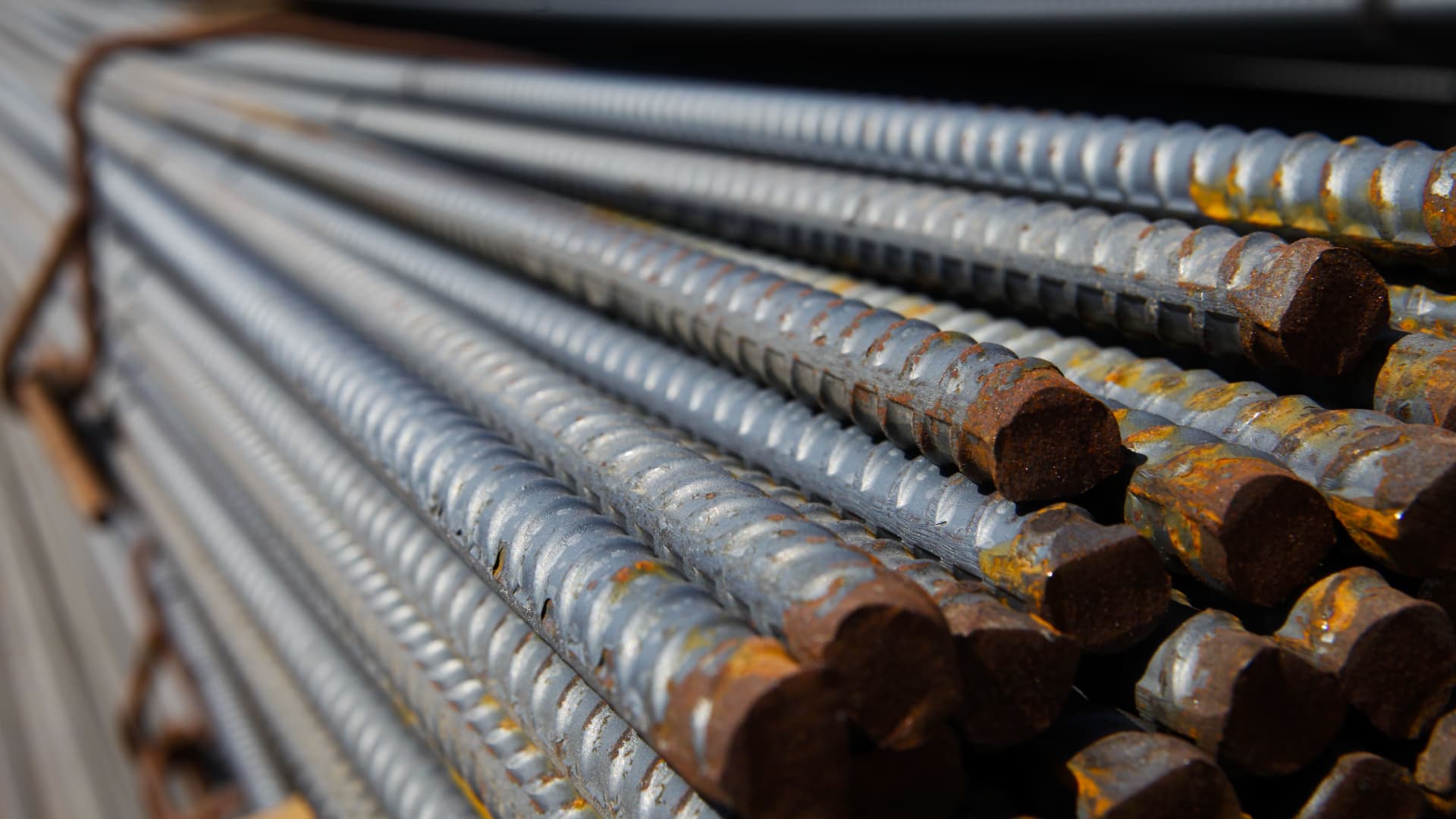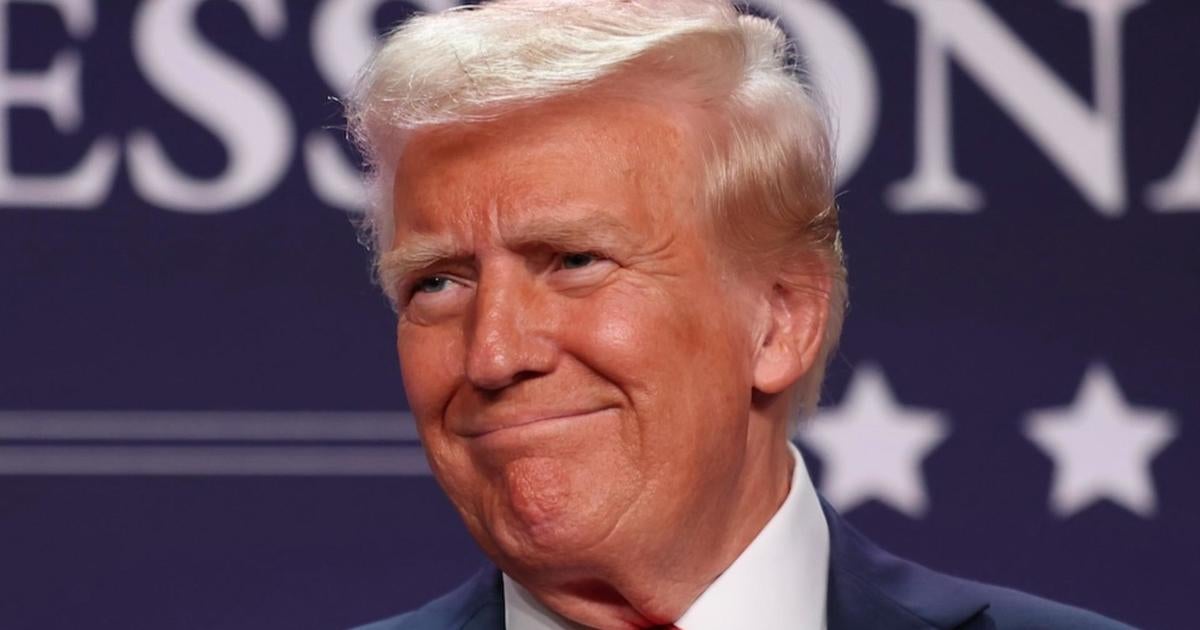Steel Industry Faces a Double-Edged Sword: Analyzing Trump’s Trade Policies
The steel industry is currently navigating a complex landscape shaped significantly by the trade policies introduced during Donald Trump’s administration. While some of these policies have provided immediate benefits to domestic steel producers, analysts on Wall Street are sounding alarms about the long-term challenges that lie ahead. As the steel sector grapples with these competing forces, it raises pivotal questions about the sustainability and future growth of an industry that has historically been influenced by political maneuvers.
The Immediate Impact of Trump’s Trade Policies
When President Trump took office, one of his primary focuses was on revitalizing American manufacturing, with the steel sector at the forefront. The implementation of tariffs on imported steel and aluminum was designed to protect domestic producers from foreign competition, particularly from countries like China. These tariffs resulted in a short-term surge in steel prices and profitability for many U.S. steel manufacturers. By limiting imports, the administration aimed to create a favorable market for local businesses, leading to job preservation and growth in production capacity.
- Tariffs as a Protective Measure: The tariffs imposed by the Trump administration reportedly led to a 15% increase in U.S. steel prices shortly after their implementation.
- Job Creation: Many steel companies announced plans to expand operations and hire more workers, citing the tariffs as a catalyst for renewed investment.
- Increased Domestic Production: Some estimates indicated that U.S. steel production rose as companies sought to fill the gap left by reduced imports.
However, while these policies provided a temporary boost, the underlying vulnerabilities of the steel industry remained unaddressed. Wall Street analysts caution that the benefits of such trade policies could be fleeting and that companies must brace for a more competitive and challenging environment in the long run.
Wall Street Warnings: Long-Term Challenges Ahead
Despite the initial advantages presented by tariffs, analysts are warning about the potential pitfalls that could arise as global dynamics shift. The steel industry faces several long-term challenges that could undermine its growth, including:
- Global Competition: Other countries are likely to react to U.S. tariffs by implementing their own trade barriers, which could lead to a tit-for-tat scenario harming international trade.
- Technological Advancements: As the industry evolves, companies that fail to innovate may find themselves unable to compete with more technologically advanced foreign producers.
- Environmental Regulations: Increasingly stringent environmental regulations could pose additional costs for steel manufacturers, especially as consumers demand more sustainable practices.
Additionally, the volatility of the global steel market can be a double-edged sword. While tariffs can provide temporary relief, they can also lead to retaliatory measures from other countries, which could hurt U.S. exports and ultimately disadvantage domestic producers.
Sustainability in the Steel Industry
As the steel industry adjusts to the new trade landscape, there is an increasing emphasis on sustainability. With growing public awareness and concern for environmental issues, steel manufacturers are under pressure to adopt greener practices. The industry is one of the largest carbon emitters globally, and addressing this challenge is critical for long-term viability.
- Investing in Green Technologies: Many steel companies are investing in technologies like electric arc furnaces, which can significantly reduce emissions compared to traditional blast furnaces.
- Recycling Initiatives: Steel is one of the most recycled materials in the world. Companies are expanding their recycling efforts to minimize waste and reduce their carbon footprint.
- Collaboration with Environmental Groups: Some firms are engaging with environmental organizations to develop and implement sustainable practices that meet regulatory standards and consumer expectations.
Emphasizing sustainability not only addresses regulatory pressures but can also enhance a company’s reputation and appeal to a growing base of environmentally-conscious consumers.
The Future of the Steel Industry: Navigating Uncertainty
As the steel sector faces this double-edged sword, the future remains uncertain. On one hand, the protective measures implemented by Trump’s administration have provided a lifeline to many domestic producers. However, the warnings from Wall Street analysts highlight the importance of strategic planning and adaptability in an industry that is continually evolving.
To thrive in this challenging environment, steel manufacturers must:
- Embrace Innovation: Investing in research and development can lead to new products and processes that enhance efficiency and reduce costs.
- Diversify Supply Chains: Reducing reliance on a single source for raw materials can mitigate risks associated with global supply chain disruptions.
- Engage in Strategic Alliances: Collaborating with other firms, both domestically and internationally, can open up new markets and enhance competitive advantages.
Moreover, the potential for new trade policies and economic shifts will continue to influence the steel industry. Stakeholders must remain vigilant and ready to adapt to changing circumstances, whether that involves navigating a new administration’s policies or responding to broader economic trends.
Conclusion: A Resilient Industry Moving Forward
In conclusion, the steel industry is indeed facing a double-edged sword as it contemplates the implications of Trump’s trade policies alongside warnings from Wall Street about future challenges. While the tariffs have provided short-term benefits, the industry must also confront long-standing issues such as global competition, technological advancements, and sustainability pressures.
By adopting a proactive approach that emphasizes innovation, strategic alliances, and sustainability, the steel sector can position itself for long-term success. As the landscape continues to evolve, the resilience and adaptability of steel manufacturers will be critical in navigating the complexities of an industry deeply intertwined with political and economic currents.
See more CCTV News Daily



